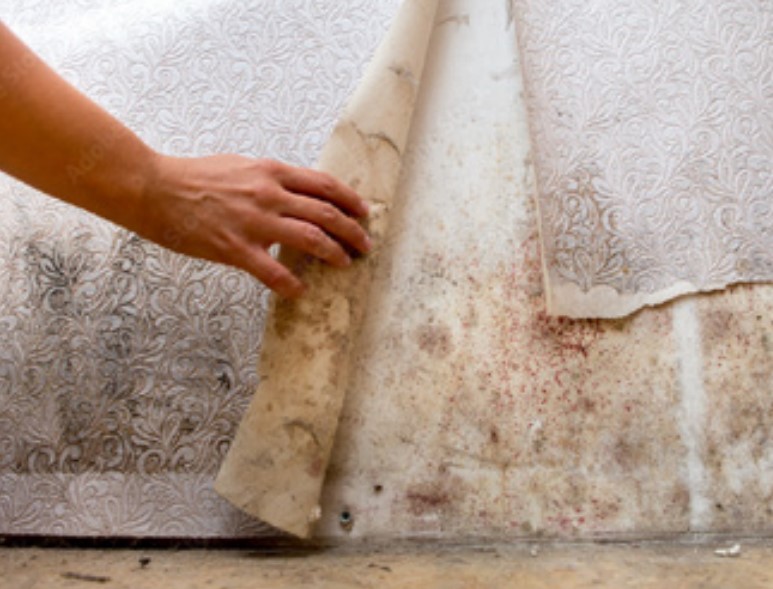Living in a well-insulated and ventilated house brings numerous benefits, including energy efficiency and comfort. However, without proper precautions, your home can also be susceptible to rising damp and mould growth. Thankfully, there are several steps you can follow to avoid these issues and maintain a damp free home!
Here are some essential tips for reducing damp and mould in your home:
- Invest in Quality Insulation: Proper insulation is the most important element required for a well-regulated home. High-quality insulation provided by companies such as Westville Insulation, helps maintain consistent temperatures throughout the home, reducing the likelihood of condensation and moisture buildup.
- Ensure Effective Ventilation: Adequate ventilation is crucial for expelling excess moisture from your home. Install extractor fans in kitchens and bathrooms to remove steam generated from cooking and bathing.
- Monitor Indoor Humidity Levels: Keep an eye on indoor humidity levels, aiming for a relative humidity of around 30-50%. Use a digital thermometer to measure humidity levels and adjust ventilation as needed. During humid weather, increase ventilation to prevent moisture buildup, and use dehumidifiers if necessary.
- Seal Leaks and Cracks: Inspect your home regularly for leaks and cracks that could allow moisture to enter. Seal any gaps around windows, doors, and pipes to prevent water infiltration.
- Control Condensation: Condensation occurs when warm, moist air comes into contact with cooler surfaces, leading to water droplets forming. To minimise condensation, ensure adequate insulation in areas prone to it, such as attics and crawl spaces.
- Maintain Gutters and Drainage Systems: Keep gutters and downspouts clear of debris to ensure proper drainage away from your home’s foundation. Poorly functioning gutters can lead to water pooling around the foundation, increasing the risk of dampness and mould growth in basements and crawl spaces.
- Use Moisture-Resistant Materials: When renovating or building, opt for moisture-resistant materials in areas prone to dampness, such as bathrooms and basements. Materials like moisture-resistant drywall, waterproof sealants, and mould resistant paint can help mitigate moisture-related issues.
- Promote Air Circulation: Arrange furniture and belongings to allow for adequate air circulation throughout your home. Avoid placing furniture directly against exterior walls, as this can inhibit airflow and promote condensation.
By following these tips, you can effectively reduce dampness and mould growth in your home. Remember that maintaining a healthy indoor environment requires ongoing attention and vigilance. With proper home insulation, ventilation, and moisture control measures in place, you can enjoy the benefits of a comfortable and mould-free living space for years to come.
For more information about how Westville can help you protect your home from damp and mould, download our free guide here. If you require further assistance please don’t hesitate to contact Westville today and we will be happy to help. Email the team at [email protected] or send us a message using the form below.

